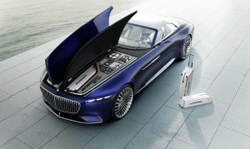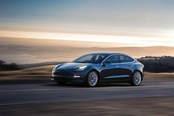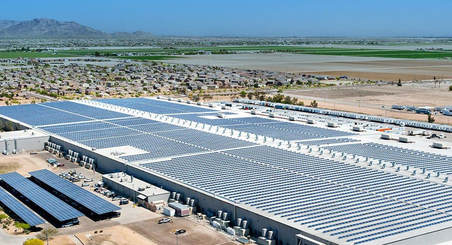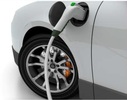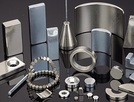The US Department of Energy’s (DOE) Advanced Research Projects Agency-Energy (ARPA-E) has announced $30 million in funding for 21 innovative projects as part of the Creating Innovative and Reliable Circuits Using Inventive Topologies and Semiconductors (CIRCUITS) program.
The program will use power converters based on wide bandgap (WBG) semiconductor technology like SiC or GaN to accelerate the development and deployment of innovative electric power converters that save energy.
….
Examples of selected CIRCUITS projects include Imagen Energy, which received $847,888 to develop a SiC-based compact motor drive system to efficiently control high power (greater than 500 kW), high performance permanent magnet electric motors operating at extremely high speed (greater than 20,000 rpm). Imagen Energy’s design seeks to address a major roadblock in operating electric motors at high speed, namely overcoming large back electromotive forces (BEMF). If successful, the project team will demonstrate a motor drive capable of handling large BEMF and increase motor system efficiency over a broad range of operating speeds.
compoundsemiconductor.net/article/102313/ARPA-E_Awards_30M_to_develop_better_power_converters

